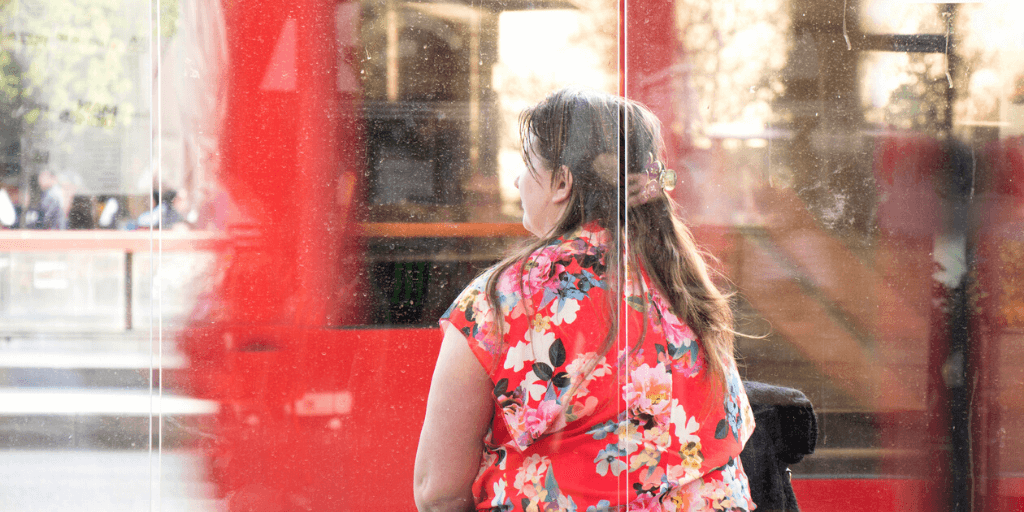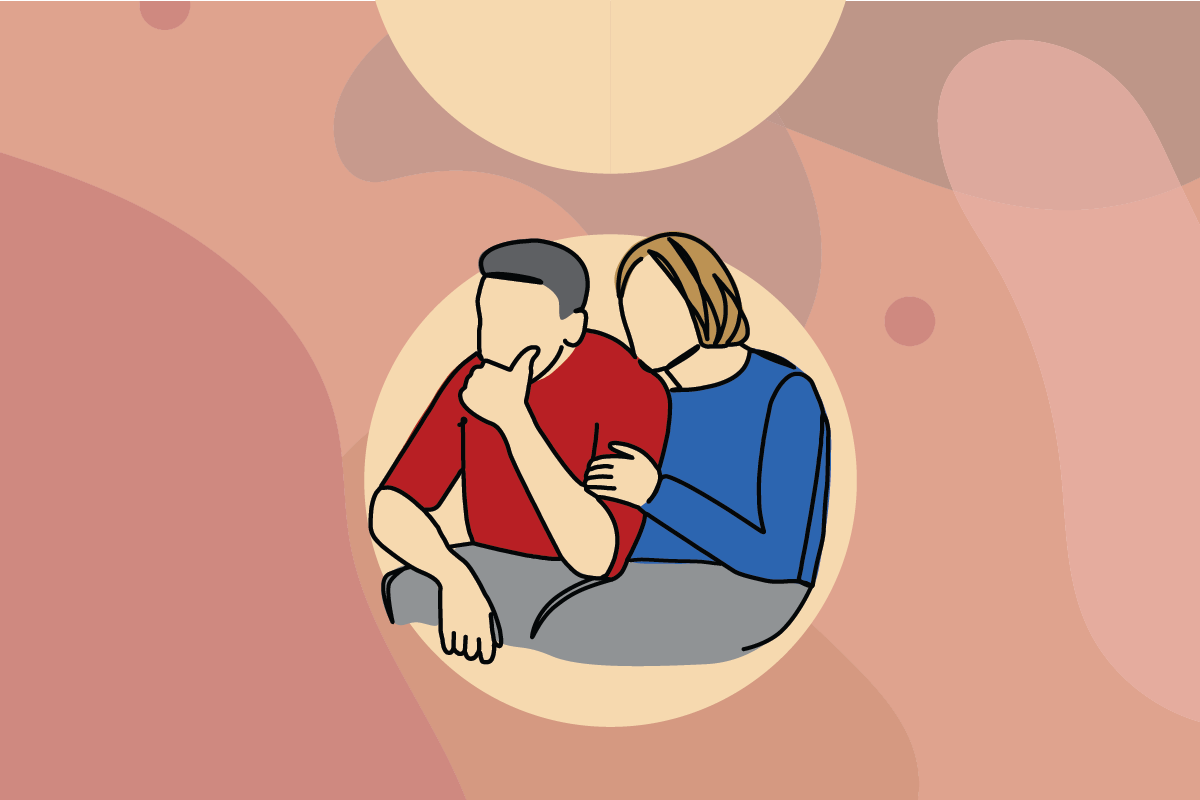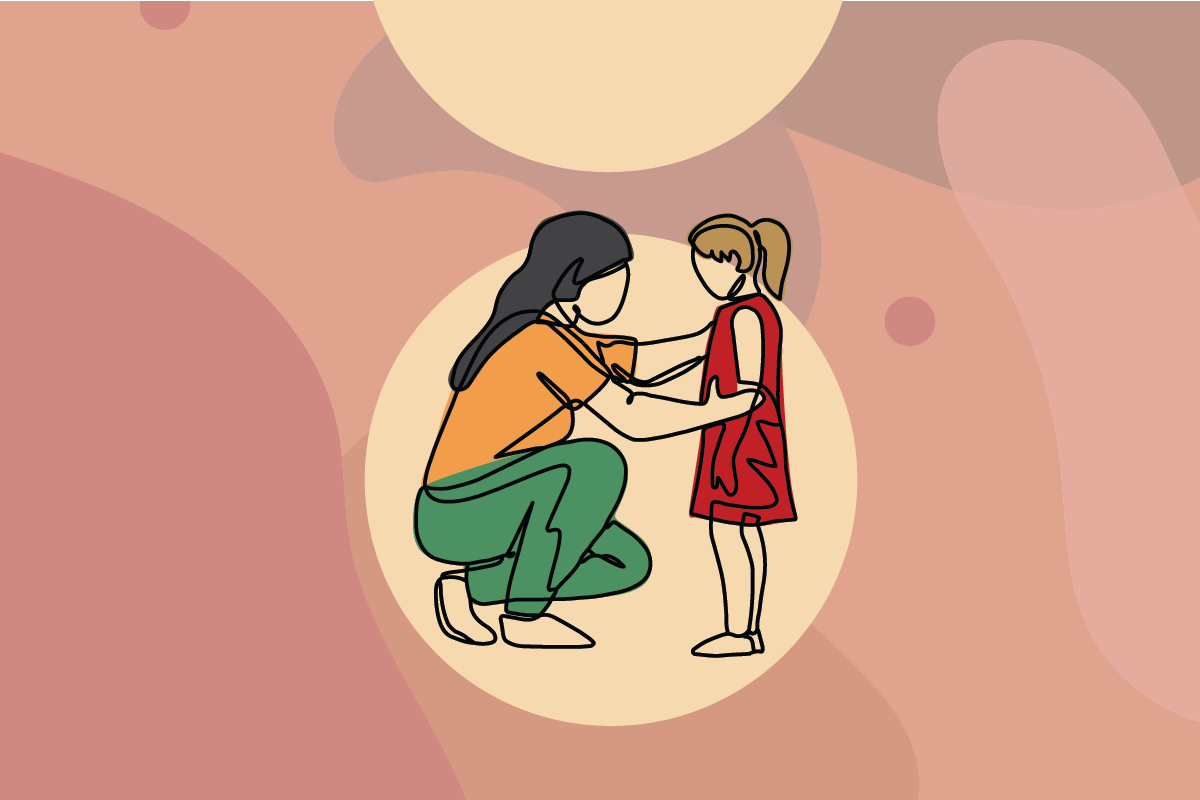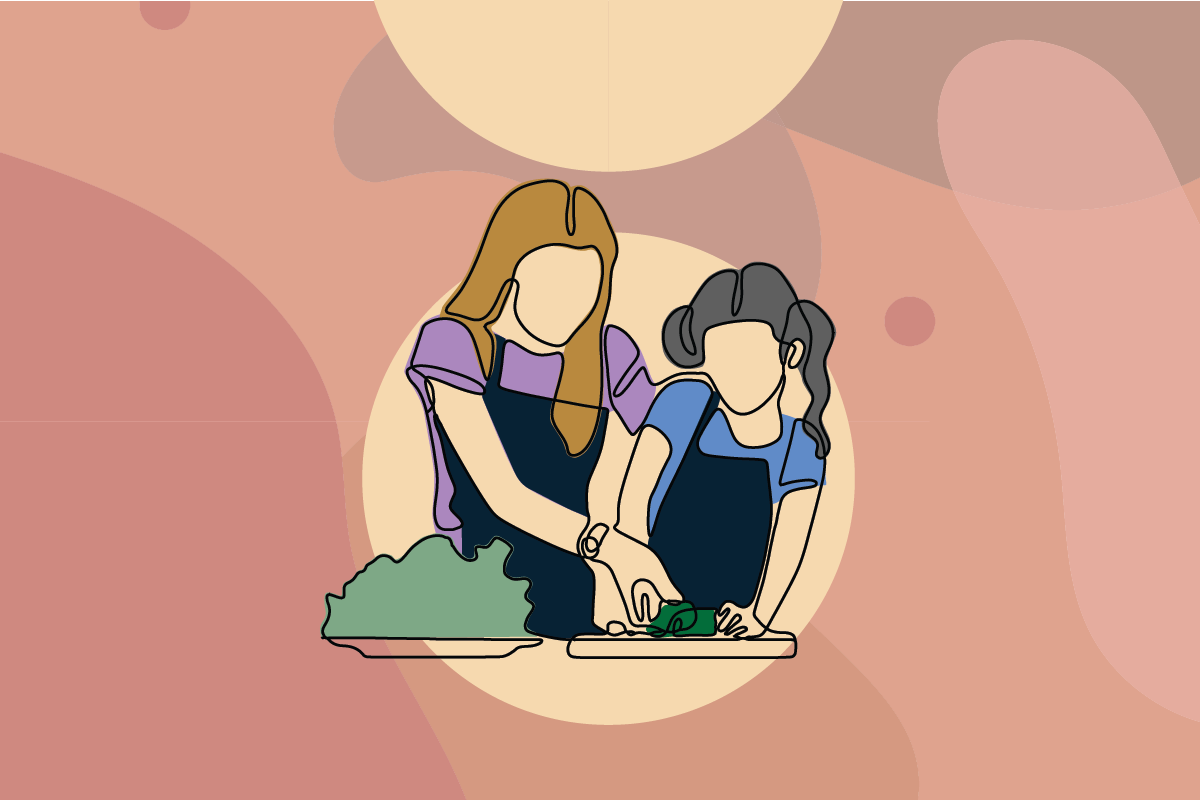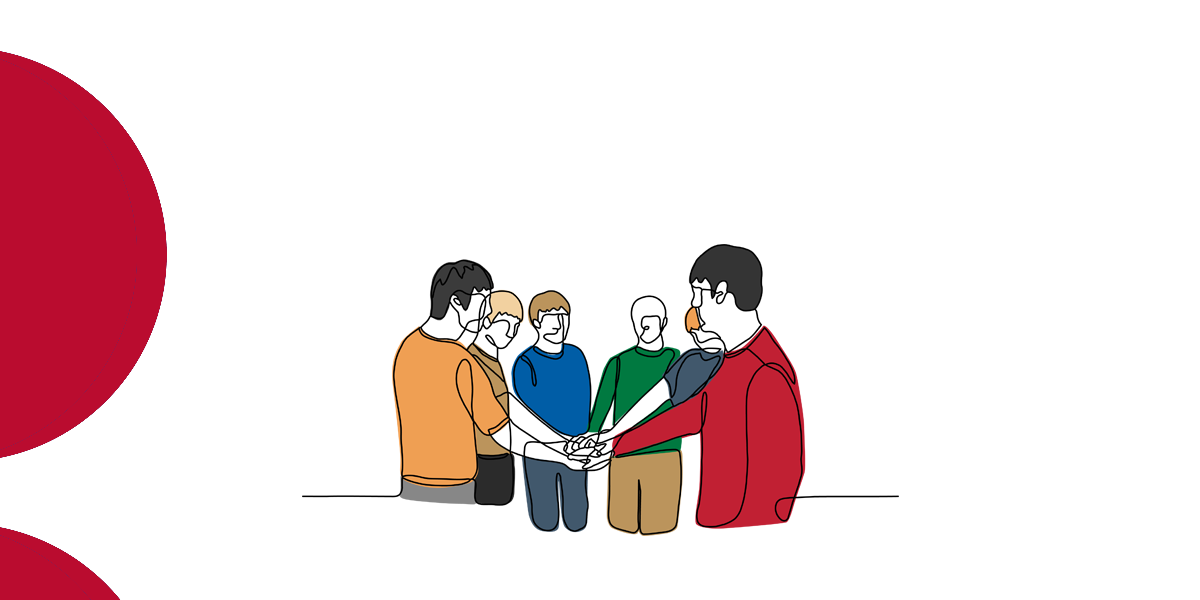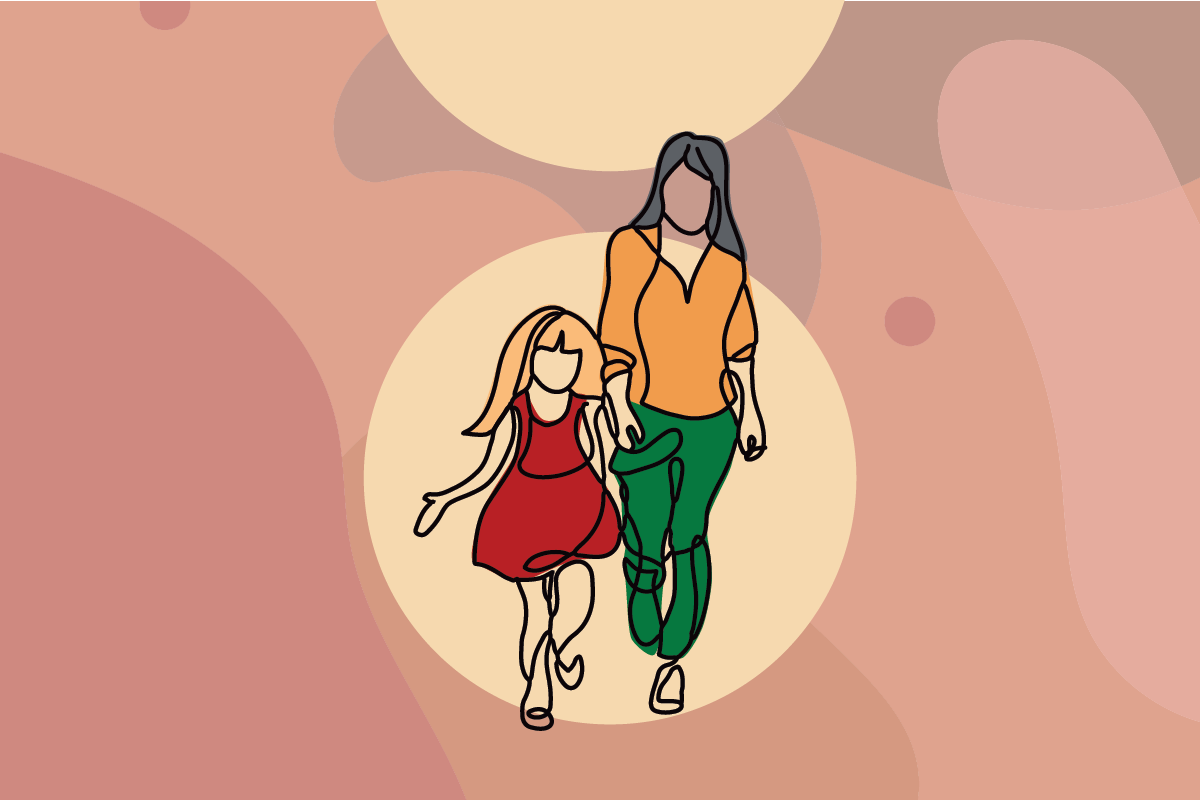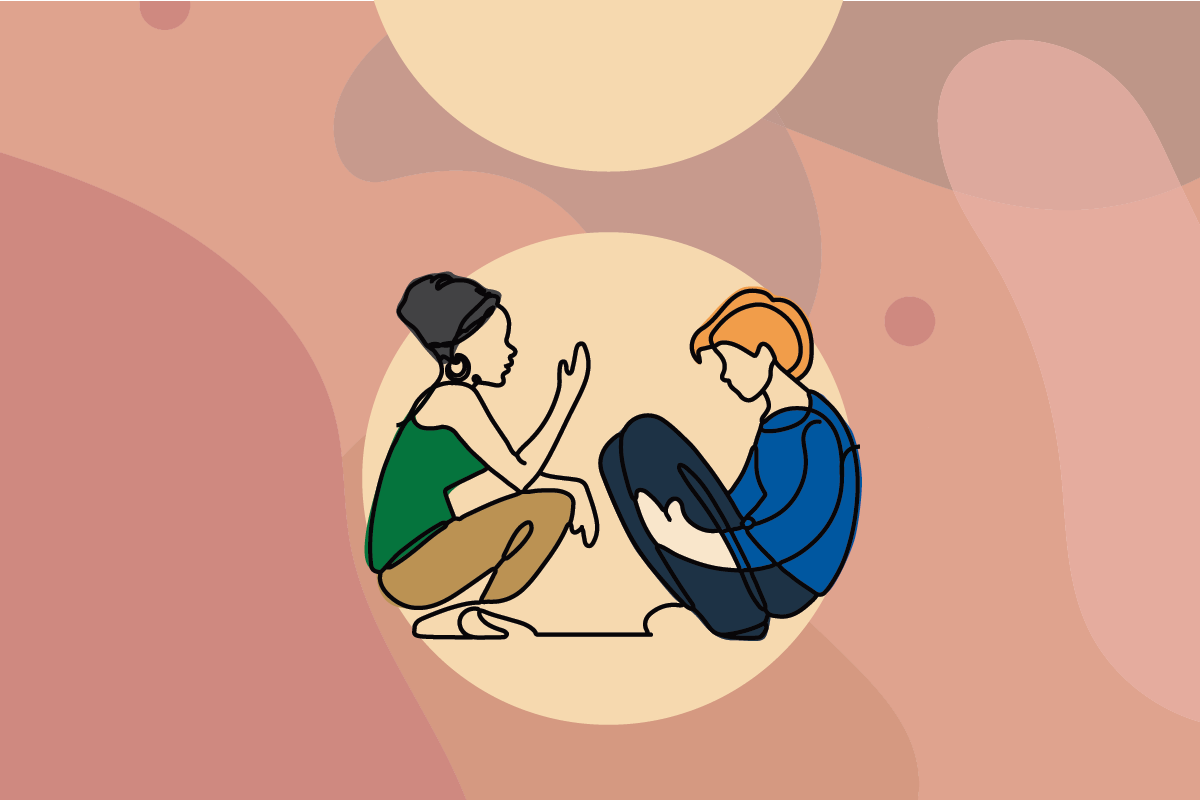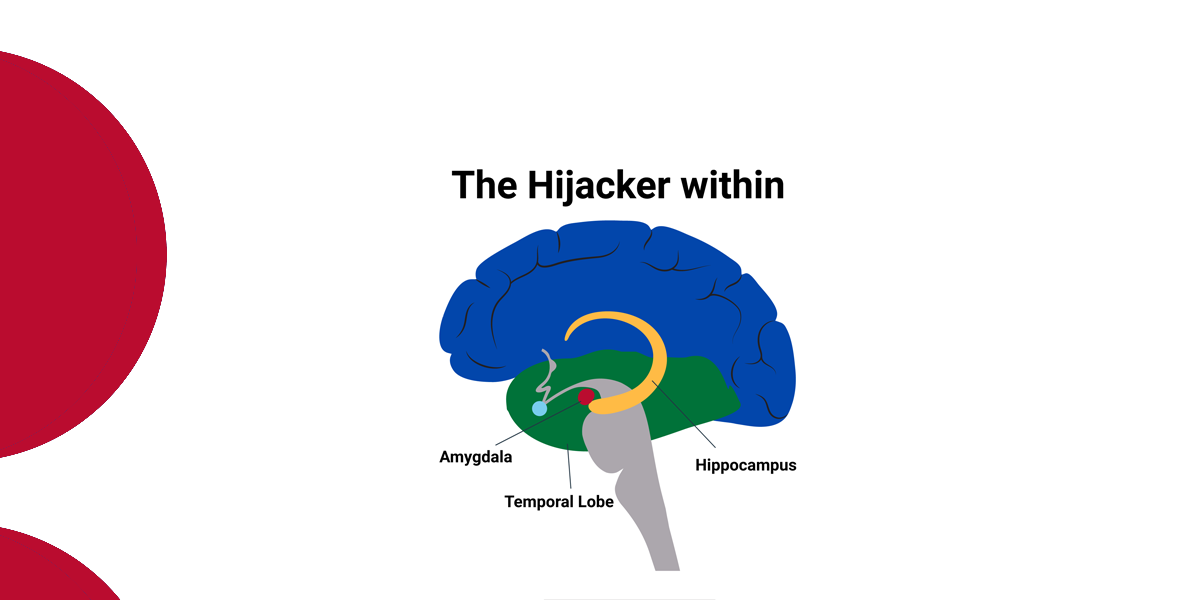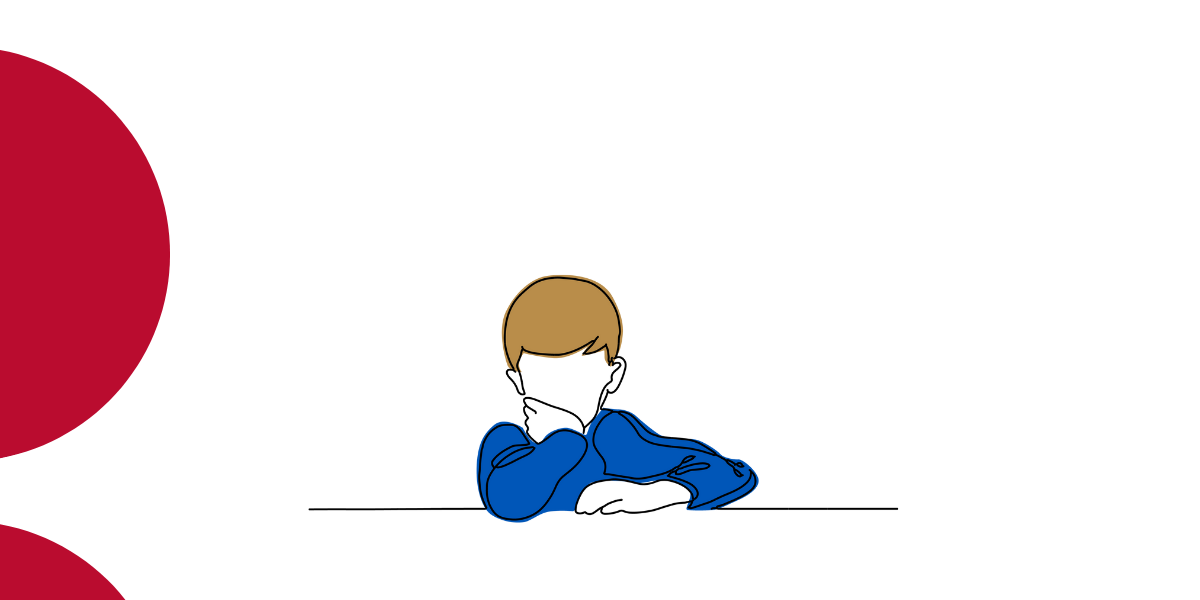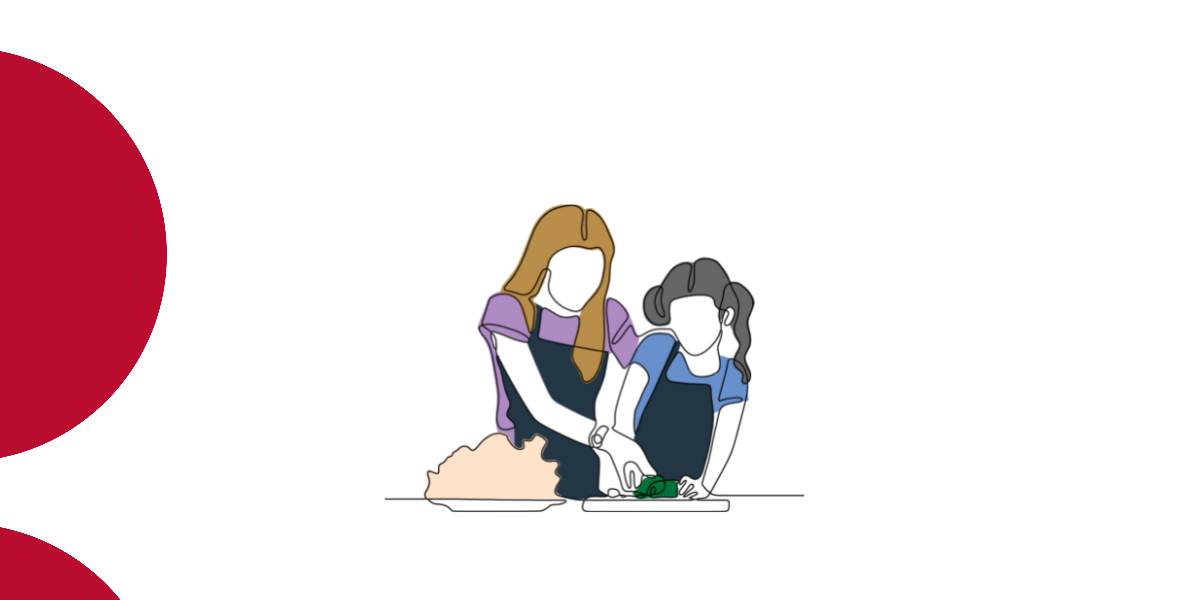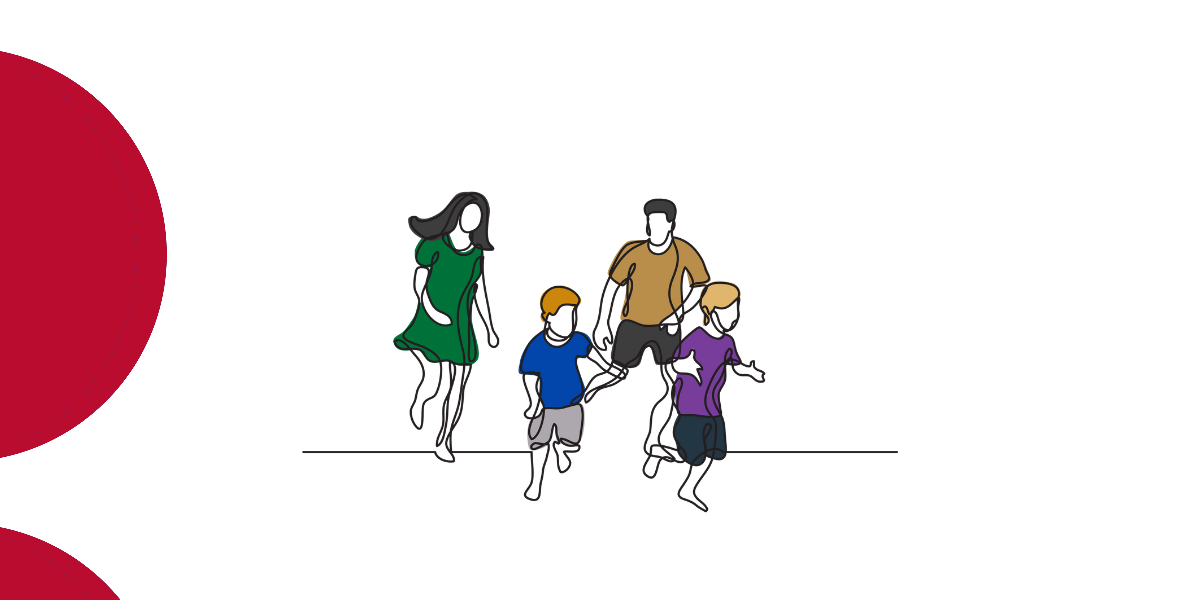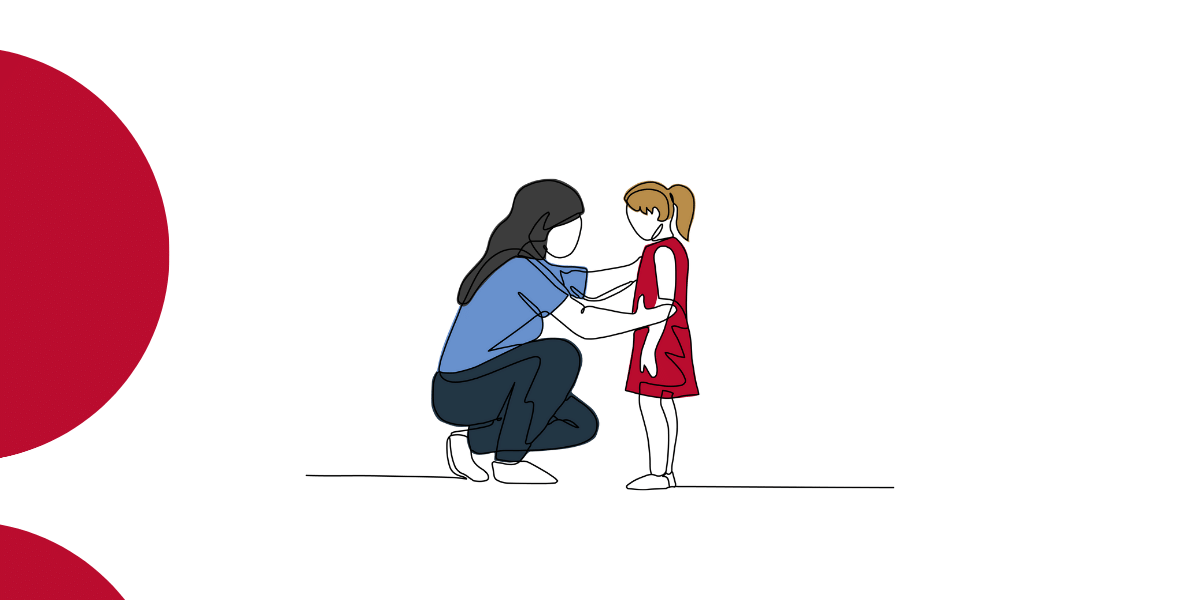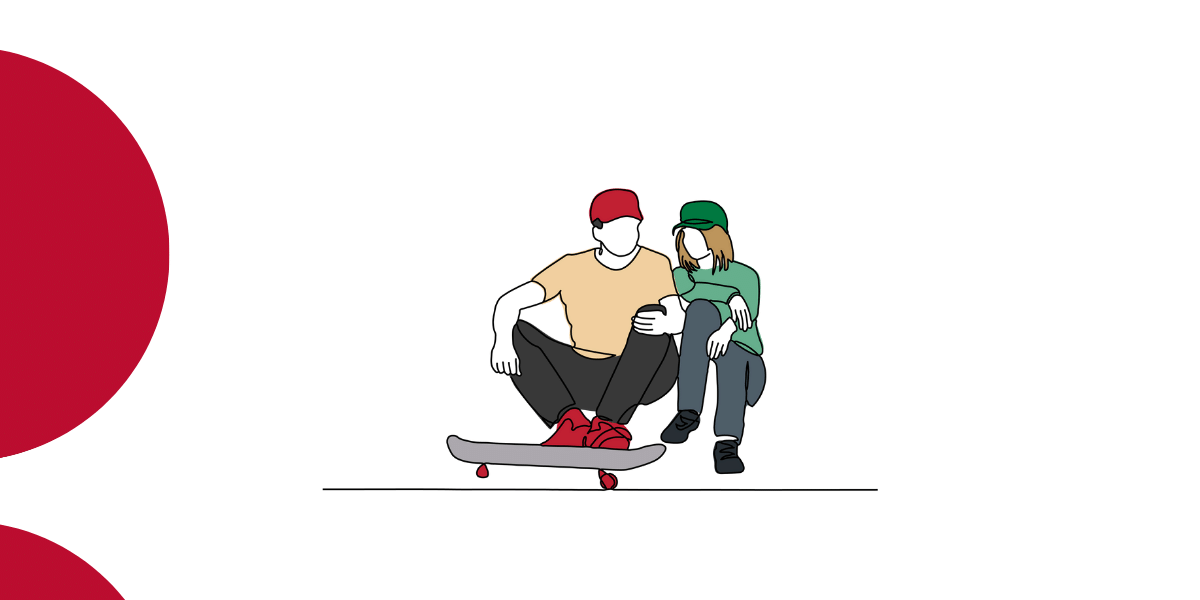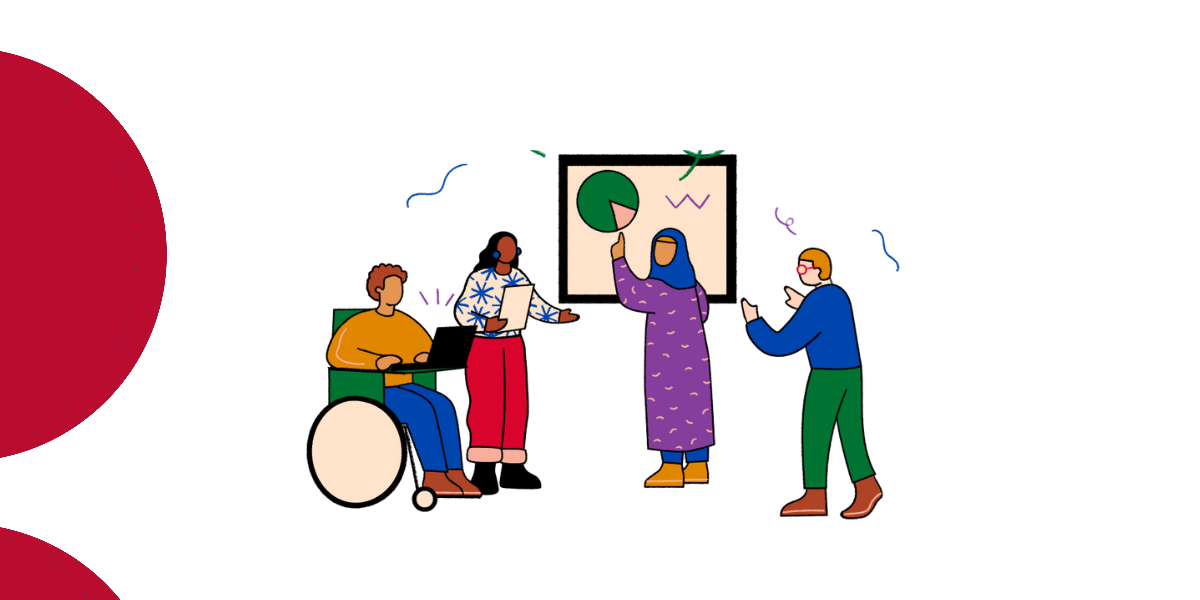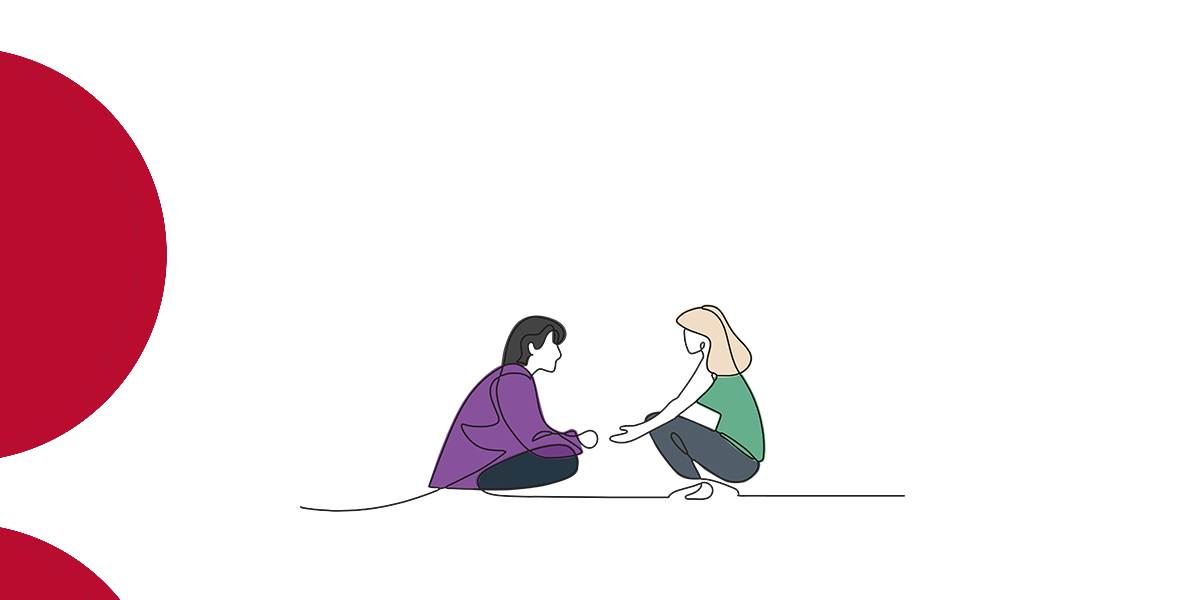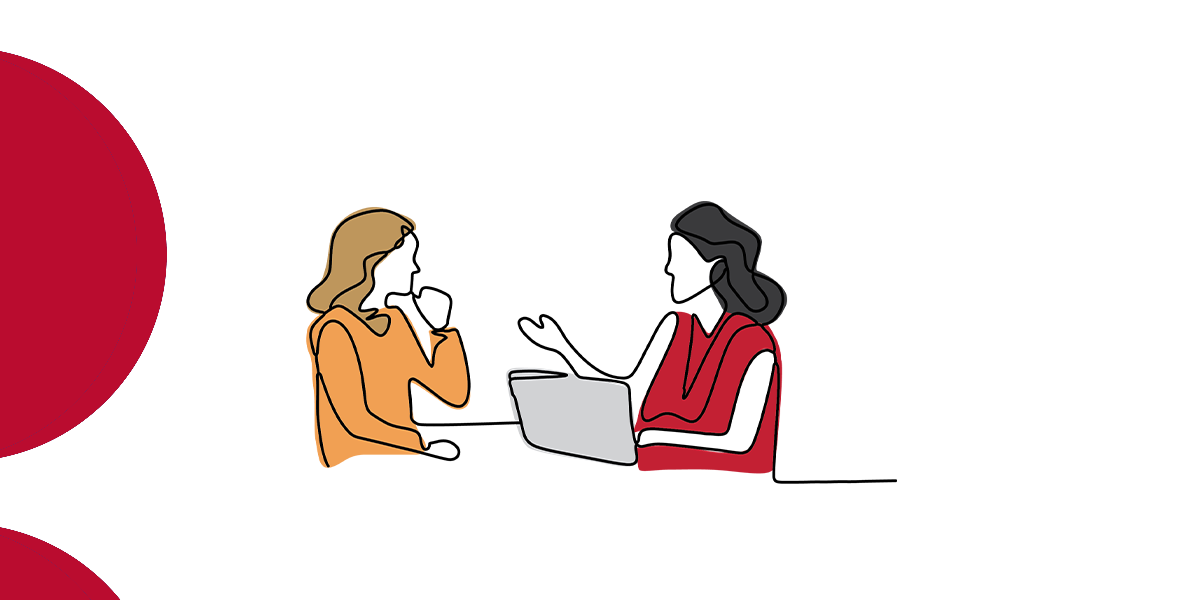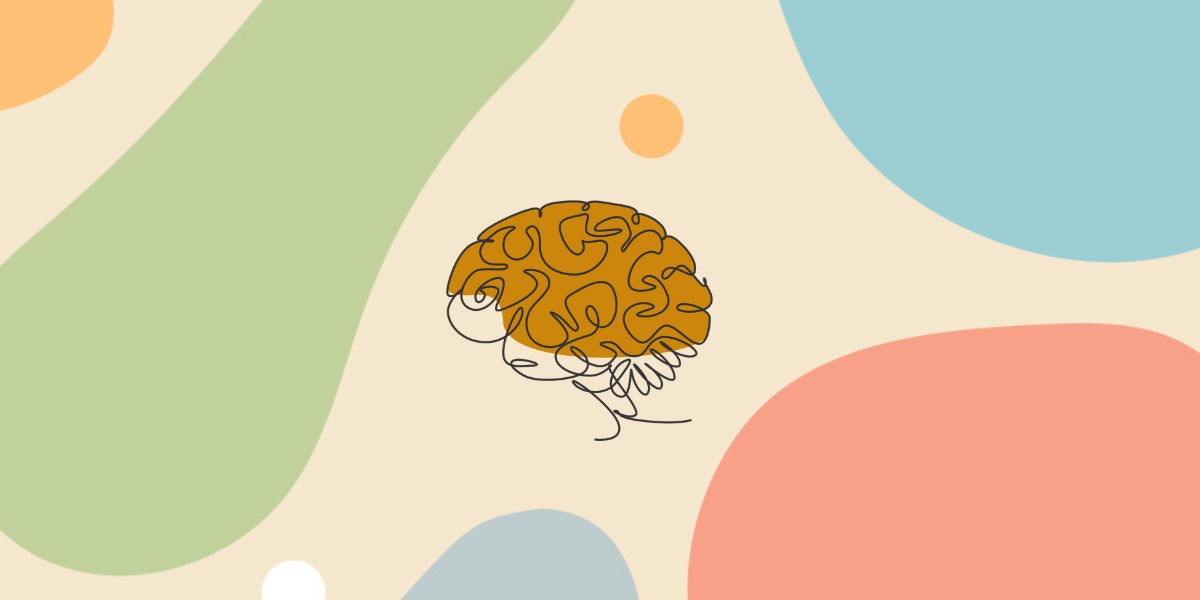Understanding and supporting young people who self-harm in residential care
Jul 2020
Written by Noel Macnamara
Some of the young people we care for in the ITC programs deal with emotional distress and pain by hurting themselves physically. Young people hurting themselves is distressing to them and to those who care for them. ITC staff may experience a range of emotions, including anger, sadness, helplessness, guilt, shame or disgust. In response we think the professional and caring, thing to do is to stop them, using any means we can. We check their pockets, rooms, and hiding places removing anything dangerous or potentially dangerous. We become anxious when they stay too long in the bathroom or when they wear long sleeves and long pants when its warm. We monitor their behaviours. We might even impose sanctions in an attempt to prevent further acts of harm. All these responses are perfectly understandable. This Blog poses the question: is this the best approach?
What is Self-Harm?
Self-harm is an intentional act of self-injury regardless of the motivation or degree of suicidal intent. Research suggests (Vinnerljung et al, 2006) that children and young people in Out of Home Care (OOHC) are at a heightened risk of self-harm compared to the general population of children. Self-harming behaviour may be particularly common in children who move placements frequently (i.e., three or more times over a 12-month period) (Beck, 2006). There is also evidence that the prevalence of self-harm within residential settings is higher than in other OOHC settings.
A Few Important Facts
- Approximately one in ten Australian young people have self-harmed at some point in their lives (Curtis et al. 2018).
- Repeated self-harm is common and almost two-thirds of young people who self-harm have done so more than four times (Lawrence, et al, 2015).
- Self-harm occurs more frequently in females than in males (Hawton, Saunders, O’Connor, 2009)
- Young people who identify as LGBTIQA+ are twice as likely to engage in self-harm, often due to bullying and discrimination (King, et al, 2008).
Why Do Young People Self-Harm?
Most young people who self-harm say it gives them some relief from unbearably painful emotions or numbness. Most say they are not suicidal, but a small number are truly suicidal, and it is known that young people who repeatedly self-harm are at increased risk of dying by suicide. There have been multiple reasons suggested as to why young people self-harm including:
- Cutting makes the blood take away the bad feelings
- Punishing oneself relieves feelings of guilt and shame
- Pain can make someone feel more alive if feeling numb inside
- Self-harm may provide a sense of control which is not evident in other areas of the young person’s life
- Self-harm acts as a form of communication when unable to talk to anyone else or a way of communicating a cry for help
- Self-harm acts as a safety valve, way of relieving tension when emotional pressure becomes too much
Pain works. Pain heals. If I had never cut myself, I proabably wouldn’t be around today
What Should We Do?
Ranahan (2011) identified a powerful dynamic that emerged when residential workers were faced with the possibility of a young person engaging in self-harming behaviours. A series of practices were identified that ranged along a continuum from close emotional connection to more distant defensive practices:
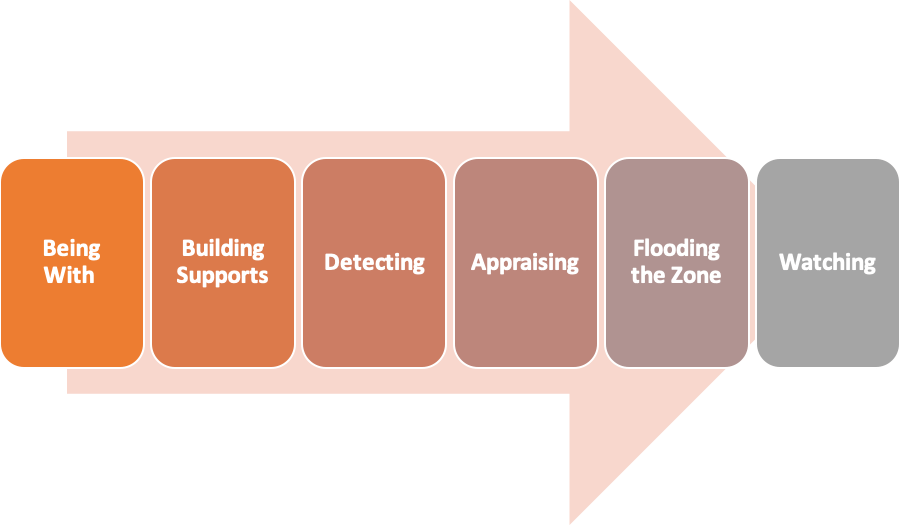
- Being With – maintaining an engaged, attuned and closely connected involvement with the young person
Building Supports – practitioner and the young person working together to identify and strengthen supports among significant people
Detecting – actively using pre-existing knowledge about the young person and of risk and warning signs
Appraising – using protocols or tools to determine the seriousness of the risk
Flooding the Zone – communicating concerns about the young person to managers and other external professionals usually unknown to the young person
Watching – monitoring, with the purpose of intervening to prevent the young person from hurting themselves
The more distant defensive practices are less effective at helping the young person to deal with and overcome the issues that drive the need to use cutting to relieve the emotional pain. The relational and therapeutic practices within intensive therapeutic residential care are significant when dealing with young people who self-harm.
The following skills are not an exhaustive list but form the basis for effective work with young people who self-harm:
Do:
- Reflect on the range of skills you have to overcome feelings of powerlessness
- Be present and empathetic
- Be genuinely interested in the young person
- Be clear by your behaviour that they don’t need to self-injure to be cared for
- Believe that you and your team can deal with crisis incidents
- Help the young person describe their feelings after the incident and in general
- Use de-escalation techniques, life space interviews and Individual behaviour management plans to help young people talk about self-harm and to provide consistent responses to a young person who is self-harming.
- Use your interpersonal, communication and listening skills
- Create a safe haven.
- Always remember that self-harming behaviour is only one aspect of the person
- Work with the young person to promote alternative behaviours
- Seek to develop rapport and empathy with the young person
- Help the young person see a future without self-harming
- Access relevant professional services
- Make use of supervision and reflective practice to explore the impact of the work
Don’t:
- Label the young person
- Blame the young person (suspect your own agenda)
- Put pressure on the young person to stop the behaviour as this may drive them to secrecy
Conclusion
It is clearly important for ITC staff to create a safety plan surrounding a young person who engages in self-harming behaviours and this will include monitoring and other mechanisms for checking the safety of the young person. However, losing sight of the importance of informed relational responses such as being with and building supports in favour of strategies that are too focussed only on surveillance and monitoring can risk disrupting relationships with the young person. Rather than protecting them this can leave them feeling isolated and potentially abandoned and can increase rather than alleviate risk.
Remember that you may do everything you can to support the young person and yet the young person may self-harm again. Do not give up; seek support. Recovery can be a long process.
References
Beck, A (2006). Addressing the mental health needs of looked after children who move placement frequently. Adoption & Fostering, 30, 60-65.
Curtis et al. (2018). Caring for young people who self-harm: A review of perspectives from families and young people. International Journal of Environmental Research and Public Health, 15(5), 950.
Lawrence D., Johnson S., Hafekost J., Boterhoven de Haan K., Sawyer M., Ainley J., Zubrick S.R. (2015). The Mental Health of Children and Adolescents: Report on the Second Australian Child and Adolescent Survey of Mental Health and Wellbeing. Department of Health; Canberra, ACT, Australia.
Hawton K., Saunders K.E., O’Connor R.C. Self-harm and suicide in adolescents. Lancet.
King M., Semlyen J., Tai S.S., Killaspy H., Osborn D., Popelyuk D., Nazareth I. (2008). A systematic review of mental disorder, suicide, and deliberate self harm in lesbian, gay and bisexual people. BMC Psychiatry.
Mental Health Foundation (2018) Report of the National Inquiry into Self-harm among Young People
Ranahan P (2011) Child and Youth Care Professionals’ Mental Health Literacy Practices in their Encounters with Suicidal Adolescents: A Grounded Theory Study, PhD. Canada: University of Victoria.
Vinnerljung B, Hjern A and Lindblad F (2006) Suicide attempts and severe psychiatric morbidity among former child welfare clients – a national cohort study, Journal of Child Psychology and Psychiatry, 47 (7), 23-33





